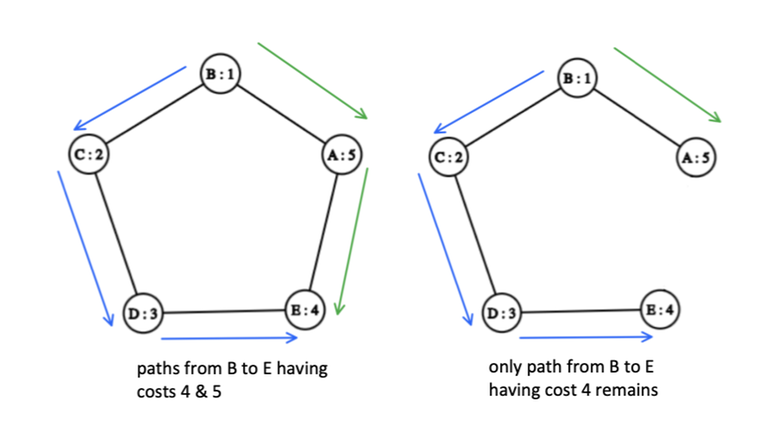Hey I think I'm using my mac's clang llvm compiler to compile my code with the following flags :
g++ -std=c++20 -DDEBUG -DYEET -fsanitize=address -fsanitize=undefined -fno-sanitize-recover=all -fsanitize=float-divide-by-zero -fsanitize=float-cast-overflow -fno-sanitize=null -fno-sanitize=alignment $$$filename -o $$${filename%.*}
and when I compiled the following code : 291228049 and ran it against any test case of the problem 1398D - Colored Rectangles, I got the following :
But as you can check out, the submission was accepted on Codeforces, which confuses me. How do I begin to understand what's going on?
Thanks for your help and let me know if you need any more information
Edit 1 : I tried to run with just the address sanitizer flag, and I still got a runtime error. Then I decided to remove all the sanitizers and I still got the error so I thought the "-DDEBUG" flag was the culprit and I was right :")
debug(dp) which was a 3-D std::array gave the error.
I'm still not sure why, but at least it's not a compiler issue, which would've been harder to debug, lol!
Thanks!












